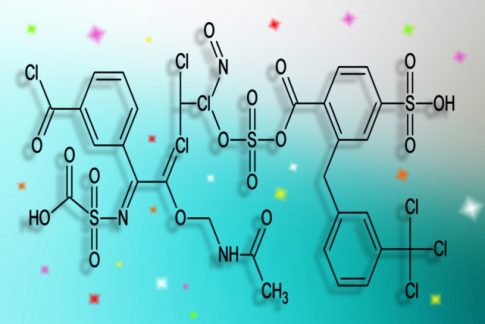The density of hair during AGA (male pattern baldness) varies from person to person, but the following characteristics are generally observed.
Healthy scalp hair density
- Normal density: A healthy adult scalp averages about 100 to 150 hairs per square centimeter.
- Normal balance of the hair cycle: In a healthy scalp, about 85-90% of hairs are in the growth phase, with the remainder in the resting or regression phase.
Density of scalp hairs affected by AGA
- Thinning Hair Progression: As AGA progresses, hair density decreases significantly. Specific densities vary depending on individual symptoms and progression, but tend to be as follows
- Initial stage: The density of hairs decreases slightly, often to 70-100 hairs per square centimeter.
- Intermediate stage: Hair density decreases further and may be as low as 50-70 hairs per square centimeter.
- Late stage: As AGA progresses to a severe stage, hair density decreases further and may be as low as 20 to 50 hairs per square centimeter.
Hair miniaturization
- Increased thin and short hair: In AGA, DHT (dihydrotestosterone) causes hair follicles to shrink and hairs to miniaturize. This results in hair that appears thinner, shorter, and less dense.
Visual impact
- Appearance of thinning hair: As hair density decreases, the skin becomes more visible. Thinning of hair, especially in the frontal and parietal areas, increases the overall impression of thinning hair.
Evaluation Method
- Dermoscopy: Assesses hair density and degree of miniaturization using a dermoscope (magnifying glass).
- Tricoscan: Quantitatively assesses hair density and the ratio of growing to resting hairs using digital images.
Significance
Assessment of hair density is important for diagnosing AGA and evaluating the effectiveness of treatment. By comparing hair density before and after treatment, the effectiveness of treatment can be confirmed.
Since the progression of AGA and changes in hair density vary greatly from person to person, proper diagnosis and evaluation by a specialist is necessary.
Q1; Specifically, how many or less is abnormal?
A1: To specifically assess the progression of AGA (male pattern baldness), it is important to know how many hairs are considered thinning when their density falls below a certain number. As a general guide, the following criteria are used.
Hair Density Criteria
- Healthy scalp:
- On average, there are approximately 100 to 150 hairs per square centimeter.
- Mild thinning hair:
- When the density of hairs reaches 70 to 100 per square centimeter, early thinning of hair is considered to have begun.
- At this stage, the thinning of the hair can be felt gradually, although it is often not yet noticeable.
- Moderate thinning hair:
- When hair density decreases to about 50-70 hairs per square centimeter, thinning hair begins to become evident.
- The skin of the skin becomes more transparent and thinning hair becomes more noticeable, especially on the top and frontal areas of the head.
- Severe thinning hair:
- When the density of hairs reaches 20 to 50 hairs per square centimeter, it is considered severely thinning.
- At this stage, the crust is clearly visible and hair volume is greatly reduced.
Criteria for determining the progression of hair loss
The progression of AGA is evaluated by observing changes in hair density in conjunction with the Norwood-Hamilton classification. The following specific criteria are used
- Less than 50 hairs per square centimeter: At this stage, obvious thinning is evident and treatment is strongly recommended.
- Less than 30 hairs per square centimeter: Severe thinning and requires aggressive treatment. Hair transplant surgery may be considered.
Methods of Measuring Hair Density
- Dermoscopy: A magnified view of the scalp is used to examine hair density and follicle condition in detail.
- Trichogram: A hair is pulled out and observed under a microscope to check the ratio of growing hairs to resting hairs.
- Tricoscan: A method of quantitatively evaluating hair density using digital images.
Treatment Timing
Starting treatment before hair density falls below 50 hairs increases the likelihood of delaying or improving the progression of the disease. Early detection and appropriate treatment are important.
Evaluation by a specialist is essential for the diagnosis and treatment of AGA. We recommend that you see a specialist in order to select the best treatment for your individual case.









